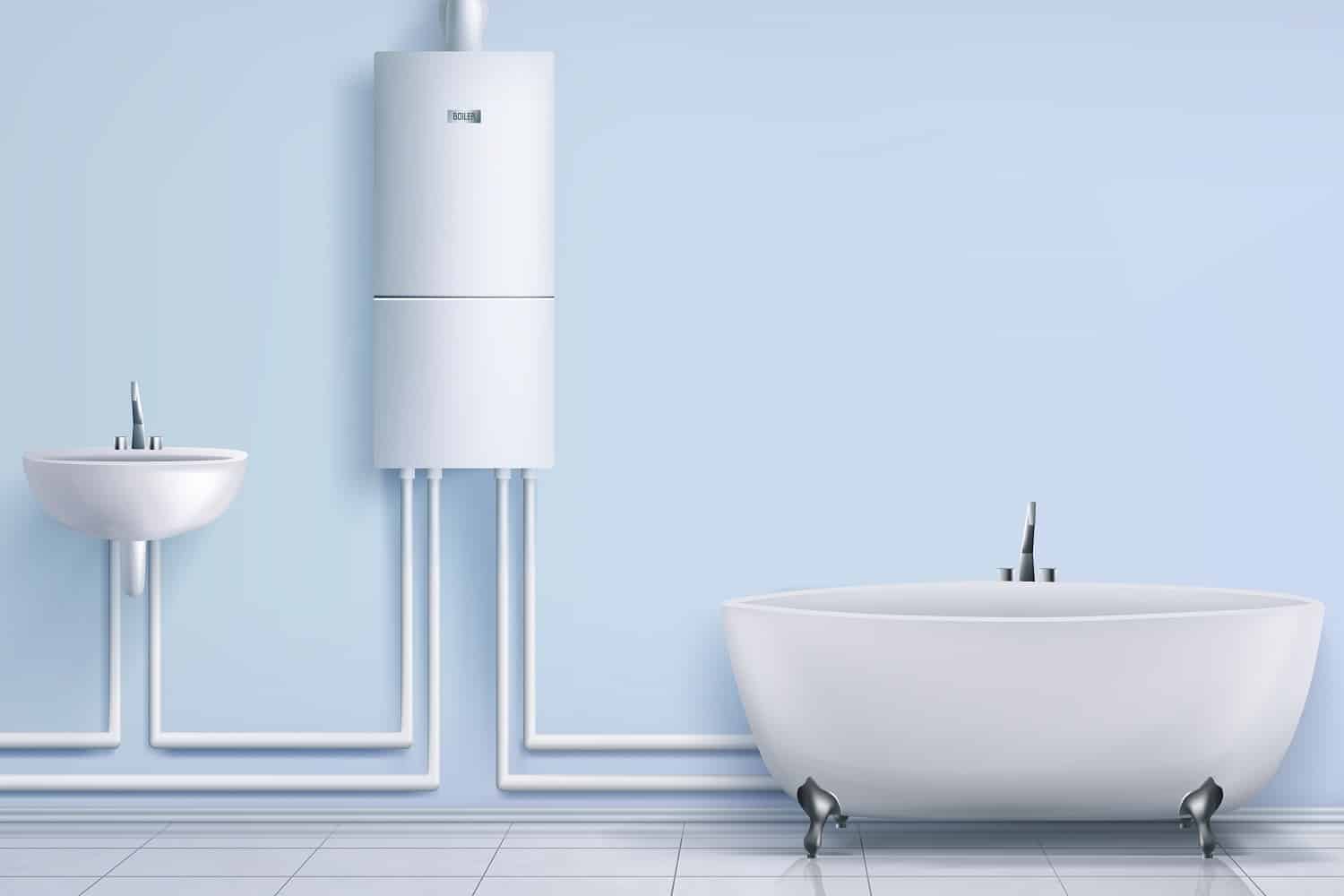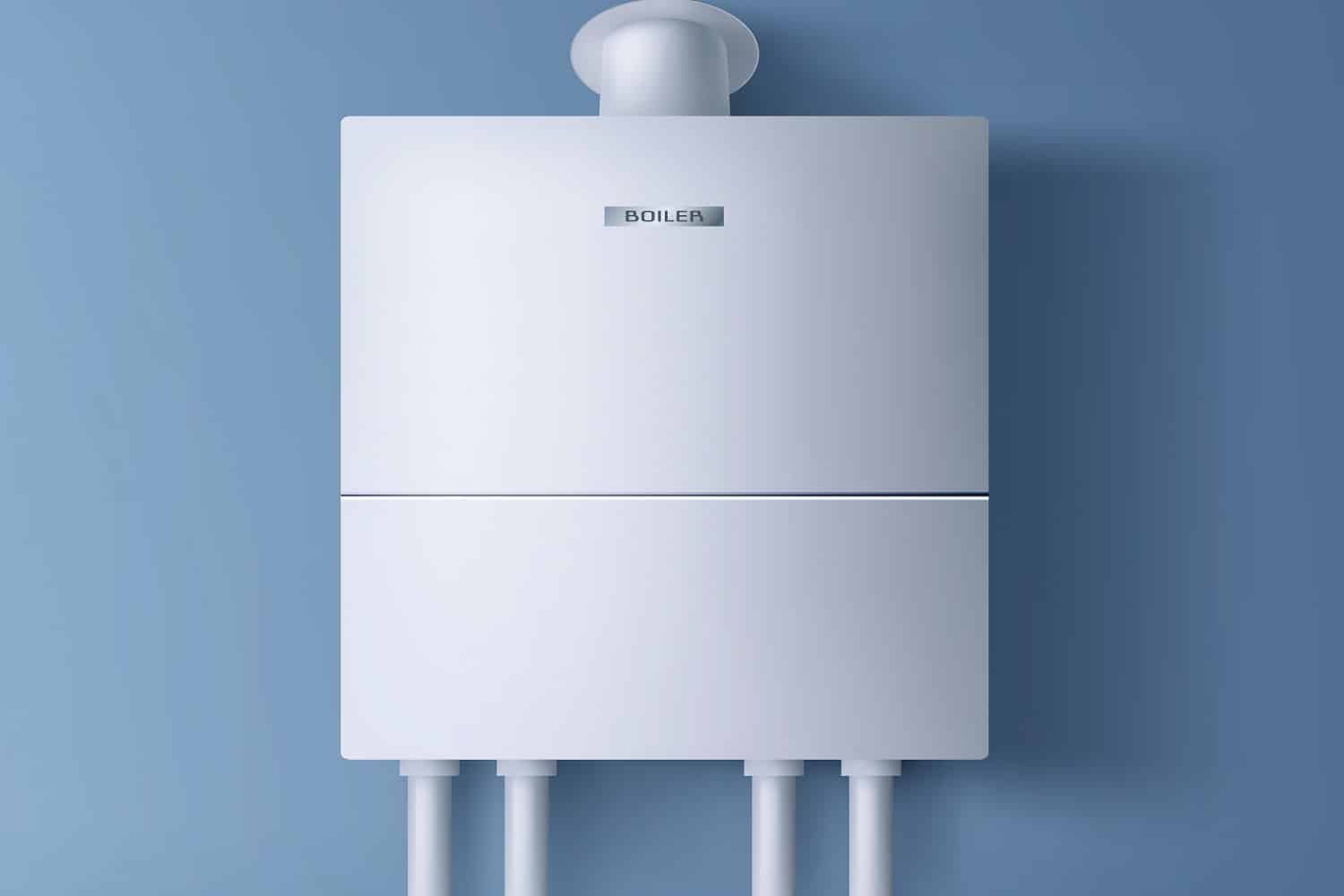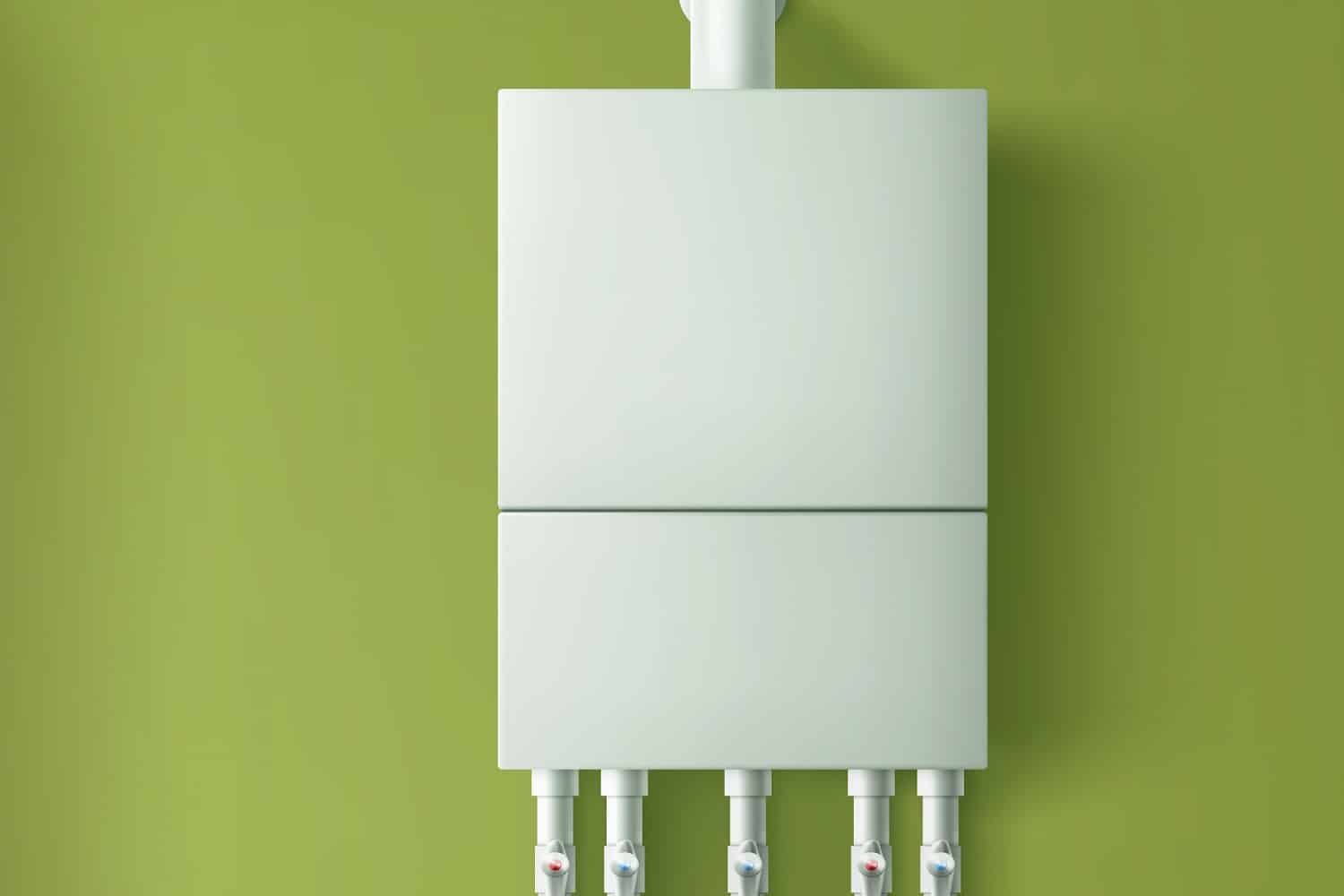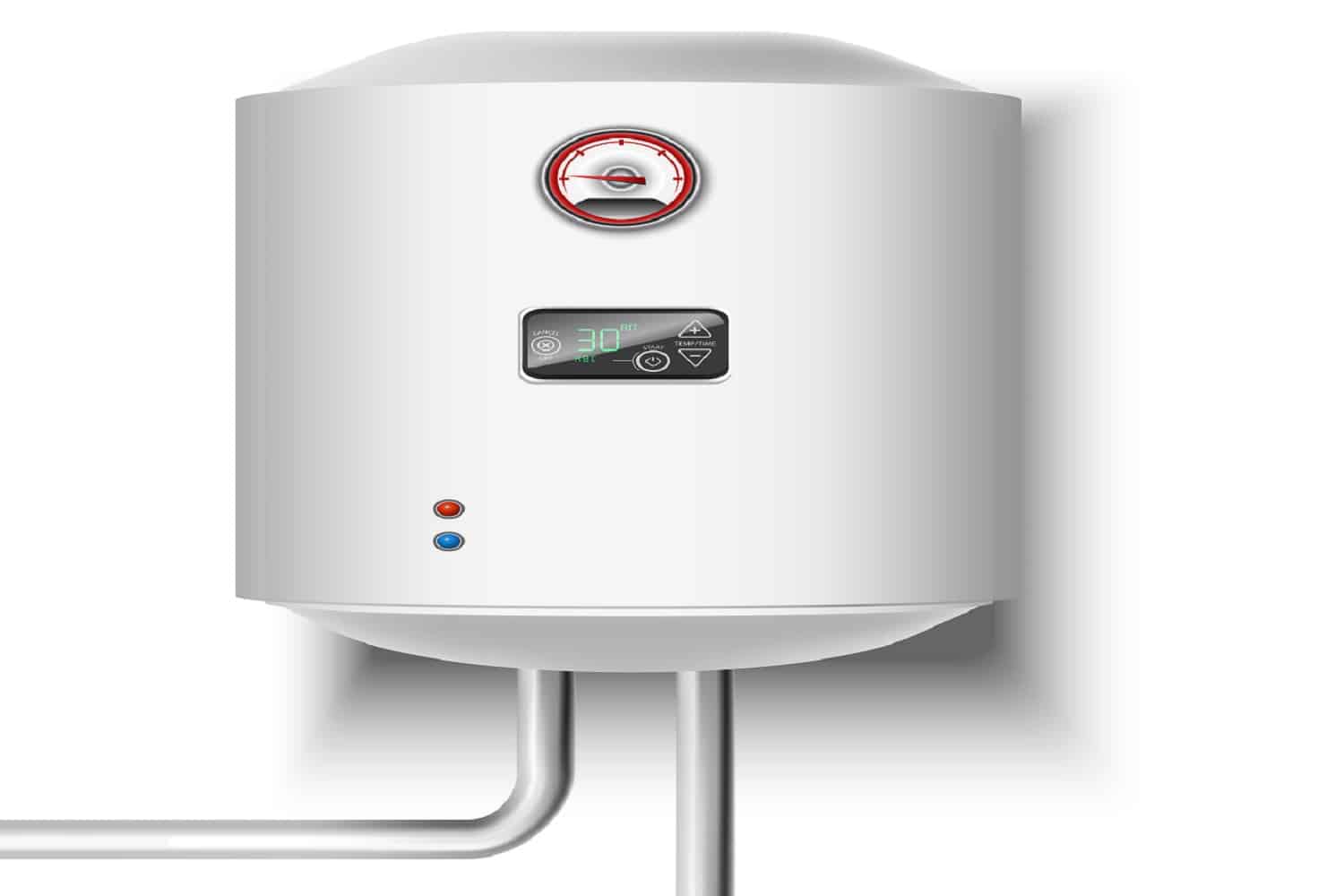There’s no dearth of different tankless water heaters in the market. But that’s where the problem lies!

Choosing a model from a wide range of options, which ensures the endless flow of hot water to your home, may seem simple but isn’t. This is because hot water demands differ from one household to another.
That said, we understand that selecting a model that best meets your requirements can be a daunting and time-consuming task. Several factors need to be considered before the installation process - size being the most crucial.
We’ve carefully created this comprehensive guide to help you find a suitable tankless water heater. Through this article, we’ll be addressing a critical question - “what size tankless water heater do I need?” Furthermore, you can go through our FAQs and examples provided in each section to gain all the relevant information on the topic.
So, without further ado, let’s get going!
Guide To The Ideal Size Of A Tankless Water Heater

When you want to choose a water heater for your home, it’s important to consider its size before going ahead with your purchase. Ideally, traditional water heaters can be selected based on the size of your family, but determining the size of a tankless model isn’t that simple.
Factors such as GPM or flow rate, and types of fixtures come into play while selecting a unit that supplies the required amount of hot water to your home. That being said...
In this section, we’ll be taking you through an in-depth guide to help you find the tankless water heater that’s perfect for your home. We’ve explained a few crucial points and calculations that need to be considered during the selection process. So, let’s dive right in, shall we?
-
The Size Of Your House
With tankless water heaters varying in sizes, choosing a model that meets your requirements should be a priority. Although almost all modern units can easily steam the entire water supply of your home irrespective of its size, opting for a smaller model can be inefficient if you own a big house with more than one bathroom.
It may only allow you to heat water flowing into specific bathrooms in your home. This is why it’s crucial to consider the size of your house and determine the output required to fill all your spa and shower rooms.
-
Calculating The Water Flow or GPM
Unlike regular water heaters, tankless models steam water as it runs into your home. In other words, the flow rate offered by your water heater helps in determining the water output of your taps.
This is why you need to consider the GPM of the appliance to make sure it allows you to run more than one tap or shower simultaneously with the same flow rate. There’s a simple calculation that can help you determine the maximum required GPM for the tankless water heater.
All you need to do is add up the flow rates of each water fixture in your home that supports the flow of hot water. You can refer to user manuals to find the specific values of the individual fixtures or simply search their model numbers online.
Don’t have the original paperwork or model number? Well, there’s no need to worry; you can use generic GPM numbers depending on the water fixture type. Estimate charts are readily available on the internet for you to find the required information. However, you can also consider the following list of flow rates:
(a) Bathroom faucet: 0.5 GPM - 1.0 GPM
(b) Dishwasher:1.5 GPM - 2.5 GPM
(c) Showerhead: 1.5 GPM - 2.0 GPM
(d) Laundry washer: 2.5 GPM - 3.5 GPM
(e) Kitchen faucet: 2.0 GPM - 6.0 GPM
Now, we come to the basic formula to help calculate the GPM for your water heater:
Required GPM = Sum of all the flow rates for individual hot water fixtures which run simultaneously
Consider the following example for a better understanding - suppose two showers with the usual water flow rate of 1.8 gallons per minute each run at the same time. You can calculate the required tankless water heater GPM by adding the rate of both fixtures, i.e.
Required tankless water heater GPM = 1.8 GPM (shower 1) + 1.8 GPM (shower 2) = 3.6 GPM
-
Determining The Required Temperature Rise
Now that you’re done calculating the required flow rate, it’s time you determined the amount of heat your heater needs to generate to sufficiently warm water.
For this, you’ll need to calculate the temperature rise; rather, the amount of heat needed to increase the temperature of groundwater to the desired level. It’s therefore important to know the temperature of water flowing into your home, and that of the water you wish to obtain from your faucets or shower fixtures.
Finding your region’s groundwater temperature is easy provided you use a ground temperature map, offering temperature listings over broader areas or specific values for smaller areas. Once you know the groundwater temperature, simply follow the given formula to determine the required temperature rise.
Required temperature rise = desired water temperature - groundwater temperature
For example, let’s assume the preferred hot water temperature is 105 degrees F, while your home’s incoming groundwater temperature is 45 degrees F. So, the required temperature rise will be 60 degrees F.
To sum up, if your shower flows at a rate of 1.8 gallons per minute, your heater must be able to heat 1.8 gallons of water by 60-degree F every minute to deliver the desired hot water temperature.
-
Knowing The Power Source
Next up, you’ll need to consider the power source for your tankless water heater to determine the required size. Ideally, gas water heaters are less expensive and more powerful than their electric counterparts as they can easily heat 5 gallons of water up to 70 degrees F in a minute.
On the other hand, electric tankless heaters are more affordable and simple to install. They can only heat 2 gallons of water up to 70 degrees F within the same duration. Hence, they’re more suited for homes with higher incoming groundwater temperatures and smaller heating requirements.
Before going ahead with your purchase, consider the availability of the power source. Does your home have the power access for a gas or an electric water heater? Once you’re convinced with the price and power source of the unit, you may check out the features offered by the model.
-
The Size Of Your Household
Without a doubt, this is one of the most crucial factors to take note of before buying a tankless water heater for your home. It should be able to handle the hot water usage of individual faucets without compromising their flow rate.
The frequency and total volume of hot water consumption are dependent on the number of members in your family. It’s quite obvious that a family with four members will use more hot water than a couple living in a condo, even though they might not use heated water at all times.
However, you must also consider scenarios in which the water usage may peak, like when guests are over, or when you’re planning a wedding. And choose the size accordingly to avoid running out of water on such occasions.
This is why it’s important to add up the flow rate of each fixture. It will enable you to determine the maximum GPM required for the tankless water heater, depending on the simultaneous activities of the different users and members of the family.
Let’s take a look at a few examples to help you understand the concept better.
(a) What Size Tankless Water Heater Will A Couple Need?
A couple living in a condo will obviously have a single bathroom and no on-site dishwasher or laundry. Hence, the hot water requirements and usage would be substantially lower than larger families with four to five members.
Suppose after adding up the flow rates of their individual water fixtures; the maximum required water heater flow rate is just 5 GPM. To raise the temperature from the average 68 degrees F to the desired 110 degrees F, the couple will need a water heater capable of heating 5 gallons of water by 42 degrees F per minute.
(b) What Size Tankless Water Heater Will A Family Of Four Need?
A family of four will have to consider how many people at their average-sized home might run hot water at the same time. Let’s assume the family might have to run a dishwasher (2 GPM), kitchen faucet (3 GPM), and up to two showers (1.5 GPM each) simultaneously.
Considering all the appliances run efficiently, the maximum required water heater flow rate would be 8 GPM. And if they’re living in Hawaii, for all that matters, they might need a heater capable of raising the average groundwater temperature of 77 degrees F to 120 degrees F.
In other words, the family of four will require a tankless water heater capable of heating 8 gallons of water by 43 degrees F in a minute.
(c) What Size Tankless Water Heater Will A Family Of Five Need?
A family of five can always opt for a gas tankless water heater as it’s not only cost-effective, but it’s also powerful enough to fulfill their hot water requirements.
That said, consider five of them living in a home with the same appliances as our previous example. To this list, we’ll add an extra bathroom with an additional 1.5 GPM bathroom faucet. It’s quite obvious that they would be running two showers at the same time, along with a dishwasher and washing machine.
Adding the individual flow rates of each fixture, the maximum required water heater flow rate reaches 9.5 GPM approximately. Now, assuming their home is located in Oklahoma, we’ll take the average groundwater temperature as 57 degrees F.
With the family preferring their hot water output to be 120 degrees F, they’ll need a water heater capable of heating 9.5 gallons of water by 63 degrees F per minute.

FAQs Related To Tankless Water Heater Size
-
Can a tankless water heater fill your tub?
A smaller tankless water heater will take longer to fill a large tub, so if you want to get it done within no time, opt for a unit with a substantially higher flow rate.
-
Can a tankless water heater be too big for a family?
There’s nothing as too big when it comes to tankless water heaters. Opting for a unit with a capacity smaller than what’s required will not provide sufficient hot water to meet your requirements. You’ll eventually run out of hot water.
On the other hand, you may consider going for a water heater with a larger capacity than required, provided you don’t mind overpaying. This is why proper sizing is crucial before making a purchase.

Final Words
Tankless water heaters are designed to save more space compared to traditional geysers. That’s not all; an efficient model can help readily supply hot water to your household without compromising the water flow rates of your individual faucets and fixtures.
However, to ensure this, you’ll need to choose a water heater size depending on your household size and overall water usage. Simply follow the two primary steps - firstly, calculate the maximum required flow rate of the unit. And secondly, find the temperature rise based on the desired output and incoming groundwater temperature.
Once you’ve determined your requirement, all that’s left to do is select a suitable power source. With this, we now come to the end of our informative and comprehensive guide.
Here’s hoping you were able to gain the required insight on the topic. On that note, we’ll take your leave.
Till next time!
Related Articles
13 Most Energy-Efficient Space Heaters For 2022
5 Best Above-Ground Pool Pads | Buyer’s Guide and Reviews
5 Best Epoxy Pool Paint | Buyer’s Guide and Reviews
10 Best Pool Cover Pumps | Buyer’s Guide and Reviews
Learn How to Install a Spa Cover Lifter
Dolphin M400 with Caddy Review & Buyer’s Guide
Top Tier APEC vs. iSpring RCC7 | Water Filtration Systems Compared
11 Best Pool Handrails + Buying Guide
13 Best Salt Water Chlorinators
5 Best Auto Chlorinators for Pool
